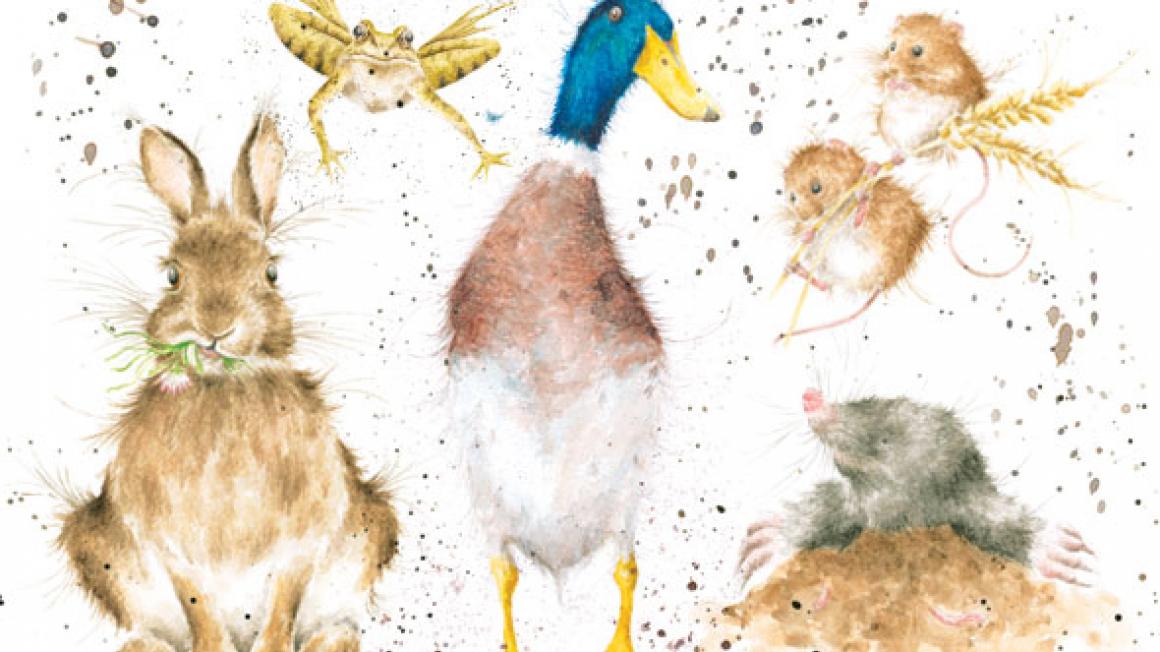A VERY BRITISH SAFARI
I feel privileged to live surrounded by British countryside and am constantly inspired by our wild neighbours – from the Mad March hares with their characterful faces and gentle personalities to the charming pheasants, strutting wildly across the road. My illustrations provide a snapshot of some of Britain’s most well-loved wildlife. I hope they capture something of the essence of the wonderful personalities we share our world with and, above all, inspire you to celebrate the great British countryside.
BARN SWALLOW (Hirundo rustica)
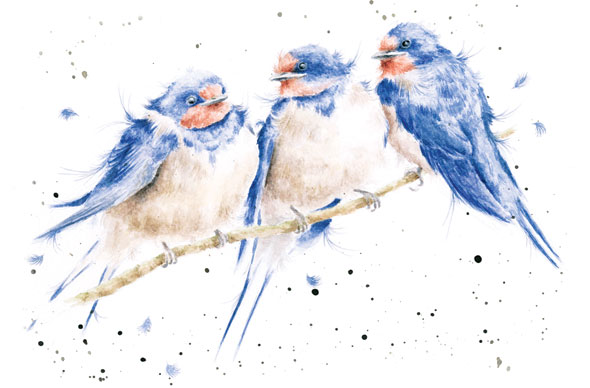
One of our most recognisable and wellloved birds with a deep, forked tail and distinctive red and blue colouring. It has long been the symbol of safe return (hence often appearing in tattoos), and has graced the pages of many works of literature. The barn swallow is most famous for its winter migrations to Africa, Arabia and the Indian Subcontinent. During these hazardous journeys, it covers distances of up to 322km (200 miles) a day. From May to September, it resides in Britain, feeding on insects plucked from the sky during aerial hunts, and drinking water by skimming over lakes with an open mouth.
COMMON FROG (Rana temporaria)
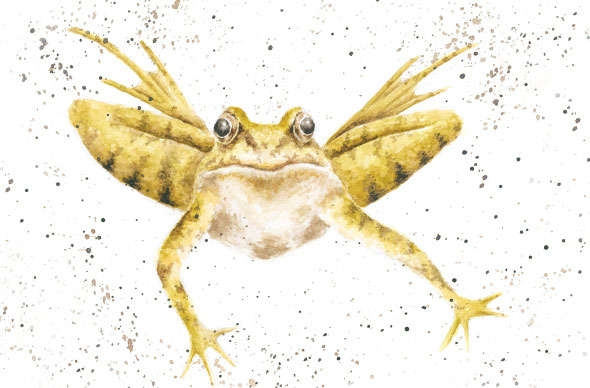
An amphibious resident of our ponds and rivers. Famous for its metamorphic life cycle, it is a favourite with children and the appearance of frogspawn is a sign that spring is on its way. The common frog uses its skin to breathe and mustn’t allow it to dry out, so is usually found close to a water source, hiding (or hibernating in winter) in a damp spot amongst leaves or rotting tree stumps. Its eyes and nostrils are at the top of its head, allowing it to be concealed from predators under the water, while being able to see and breathe. BADGER (Meles meles)
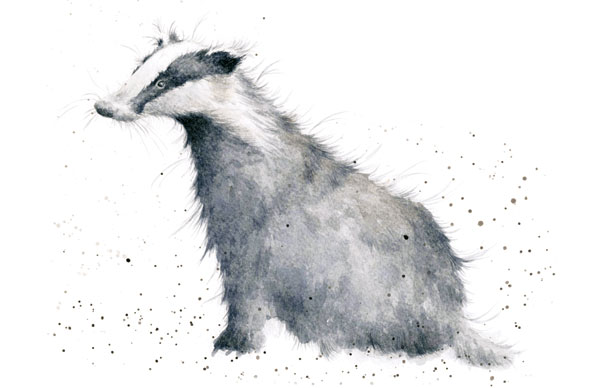
With its characteristic black-and-white-striped face, the badger is a well-loved countryside character. With short, powerful limbs and strong claws, it is well adapted for digging its underground burrows or setts. Badgers are very clean and make excellent housekeepers, regularly changing their dirty bedding. They are also generally very peaceful and have been known to share their burrows with other species, such as foxes or rabbits. Badgers appear frequently in folklore and literature, particularly in children’s fi ction. Perhaps this is a reason for our enduring aff ection for these iconic animals. TAWNY OWL (Strix aluco)
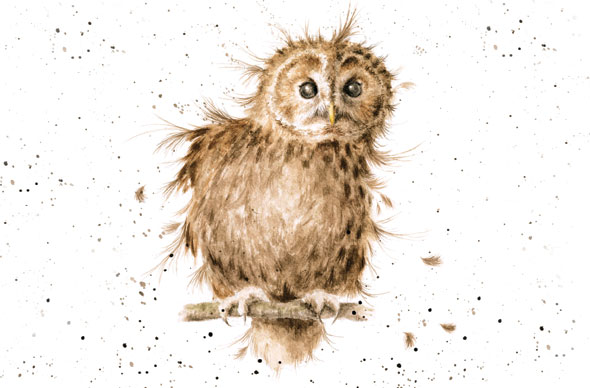
One of our most familiar owls, the tawny owl is a stealthy and silent nocturnal hunter, relying on its excellent hearing, which is 10 times better than human hearing, to detect the smallest movements of prey in the distant undergrowth. Tawny owls nest in holes in trees and will fiercely defend their young, but chase the fledglings from their territory after the breeding season. Consequently, the mortality rate of young owls is high. Tawny owls have long been the subject of superstitions, and are thought by some to be an omen of bad luck. MALLARD (Anas platyrhynchos)
The mallard is Britain’s most common and easily recognisable duck, as it is widely spread across the UK. Hugely adaptable, it lives happily alongside humans and thrives in the ponds and rivers of urban areas. The male has a characteristic iridescent green head and white collar, but loses his fine feathers during the winter moult, when he looks more like the brown, mottled female. The female is a lot noisier than the male, making the familiar loud quacking noise. The males are much more softly spoken. Most breeds of domestic duck descend from the mallard.MOORHEN (Gallinula chloropus)
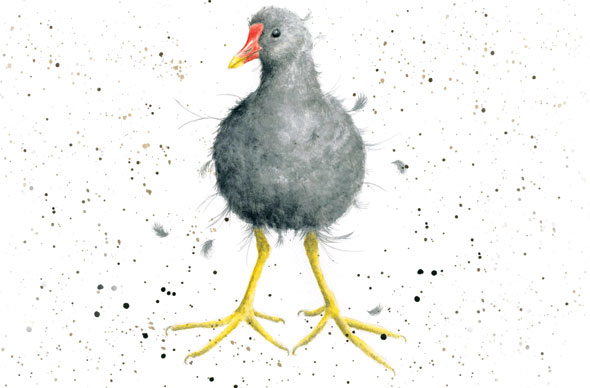
The moorhen is a striking bird with jet black plumage, a red beak and yellow legs, ending in long toes that it uses to walk over floating vegetation. The moorhen lives around fresh or brackish waters and is a good swimmer, despite not possessing webbed feet. It can sometimes be seen lifting its legs out of the water in front of its body as it swims, in a rather comic manner, supposedly to lift them over vegetation. The moorhen is also colourfully known as the ‘swamp chicken’.
RABBIT (Oryctolagus cuniculus)
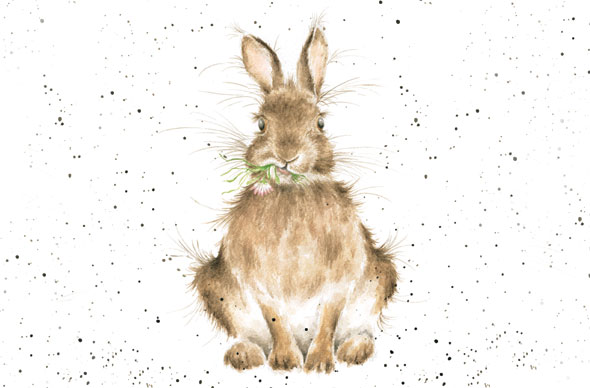
Loved and loathed in equal measure, the rabbit is one of Britain’s most sociable mammals, living in underground warrens in groups of two to 10 individuals. Thought to have been introduced to Britain by the Romans, it has made its presence felt in most parts of the world. One pair can produce 3040 off spring in a year, and this has meant that rabbits have become quite a pest in many places, causing damage to native wildlife and vegetation. However, all breeds of domestic rabbit descend from the wild rabbit, and are one of our bestloved childhood pets.
HARVEST MOUSE (Micromys minutus)
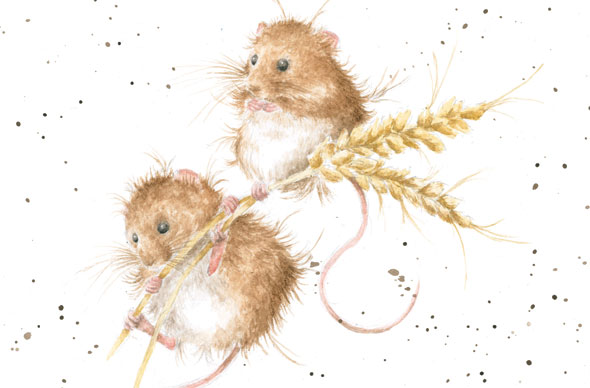
Britain’s smallest rodent, the harvest mouse weighs only as much as a 20 pence piece, and makes its home in fields of cereal crops and other tall vegetation, such as reed beds and hedgerows. Its Latin name means ‘smallest tiny mouse’. The agile little harvest mouse uses its prehensile tail as an extra limb, helping it to navigate its way through the forests of corn in which it lives. It is also a skilled weaver, crafting a spherical nest above the ground, 5cm10cm (2in4in) in diameter.
MOLE (Talpa europaea)
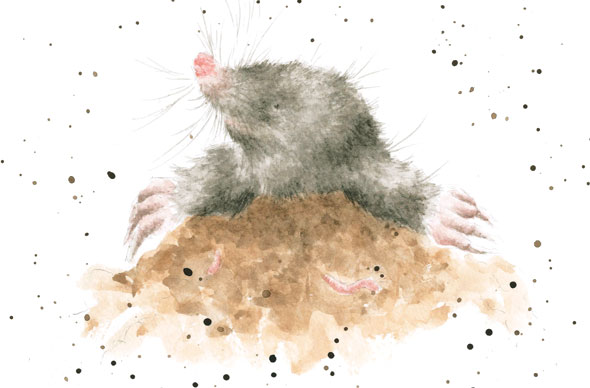
A mole’s presence is usually signalled by telltale mounds of earth from its excavated burrows. Spending most of its life underground, it has poor eyesight but what it lacks in this department it makes up for in its digging ability, with large paws and even an extra thumb. The mole’s favourite food is worms, and it must eat every few hours or it will die. It has underground caches of worms for later consumption.
The Country Set, by Hannah Dale, is published by National Trust Books, priced £8.99.


